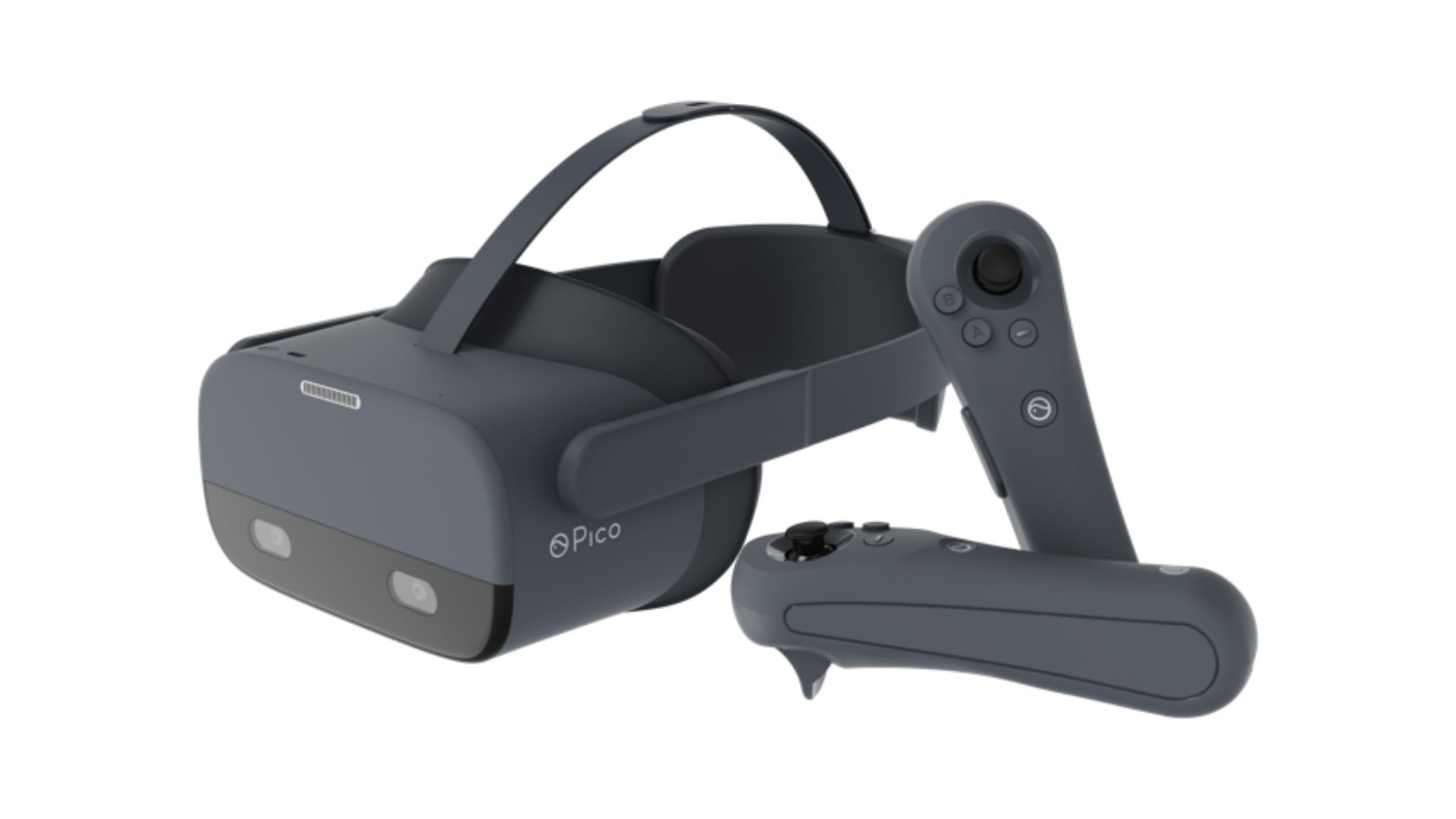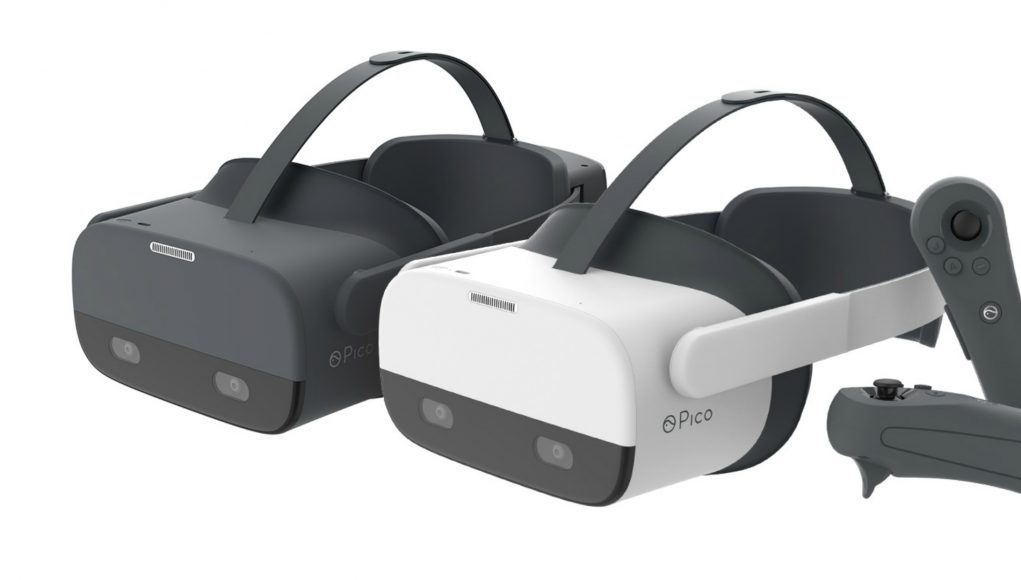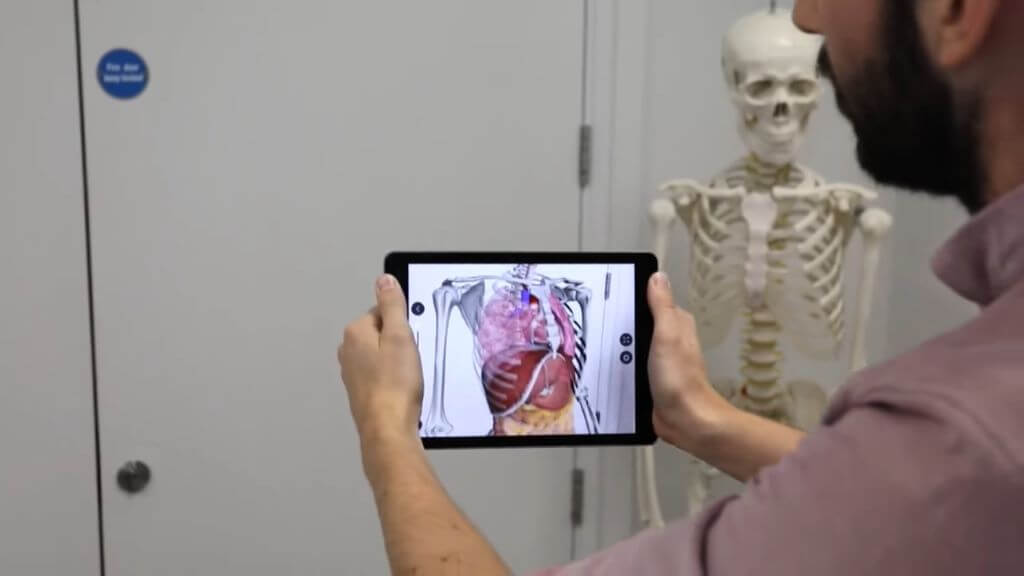Pico Interactive today announced the price and availability of both Pico Neo 2 and its eye-tracking variant, Neo 2 Eye.
Both headsets are available for purchase starting today, with Neo 2 priced at $700 and Neo 2 Eye at $900. With its new Neo 2 headsets, Pico is targeting the enterprise market and will be selling both versions direct to companies.
Outside of Neo 2 Eye’s integrated eye-tracking from Swedish firm Tobii, the two variants differ only slightly in specs. Neo 2 Eye is 20 grams heavier and comes with slightly more RAM than the standard version to account for eye-tracking, something that’s tasked with things like foveated rendering, UI selection, and making social VR more of a natural experience, as a user’s eye movement is translated to a virtual avatar.

When we tried out Neo 2 and Neo 2 Eye at CES 2020 earlier this year, we called it the next best standalone after Oculus Quest for its comfortable thanks to Pico’s inclusion of a rear-mounted battery, serviceable positional and controller tracking, and overall experience.
The headset’s two motion controllers aren’t tracked optically like, for example, Oculus Quest though, instead using tracking based on a NDI’s Atraxa controller platform which fuses data from an on-board electromagnet (EM) and inertial measurement unit (IMU). This essentially allows Neo 2’s controllers to be immune from controller occlusion.
Make sure to check out our full hands-on with both Neo 2 and Neo 2 Eye for more.
Pico Neo 2 Specs
- CPU – Qualcomm Snapdragon 845
- Display – 3,840 × 2,160 LCD (1,920 × 2,160 per lens)
- IPD Adjustment – in software, serving 55mm–71mm IPD
- Refresh Rate – 75Hz
- FOV – 101 degrees
- Storage – 128GB
- Headphones – built in to headband
- Controllers – 6DOF motion controllers, based on sensor fusion of electromagnetic (EM) and inertial measurement unit (IMU)
Source:
Enterprise-focused Standalone Pico Neo 2 & Eye-tracking Version Now Available




